Curious about the science and etiquette behind your auto horn? Let's dive into the world of auto horn sounds, exploring loudness limits, power sources, and proper usage.
Auto horn sounds are essential for safety, but understanding loudness limits, power requirements, and proper usage guidelines ensures responsible and effective communication on the road.
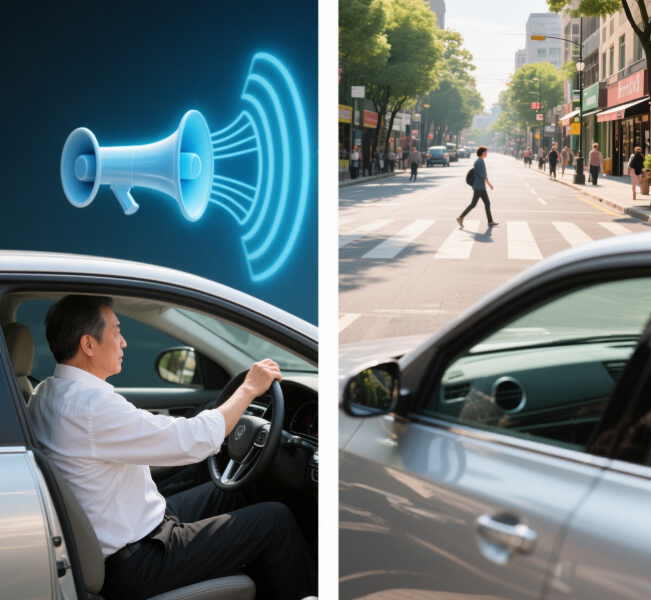
What is the loudest a car horn can be?
How loud can the horn be before it's too much? Let's take a look at decibel levels and regulations.
The maximum legal loudness for a car horn typically ranges from 100 to 110 decibels (dB) at a distance of a few meters. Regulations vary by jurisdiction, but the goal is to ensure the horn is loud enough to be heard in traffic without being excessively disruptive or harmful.
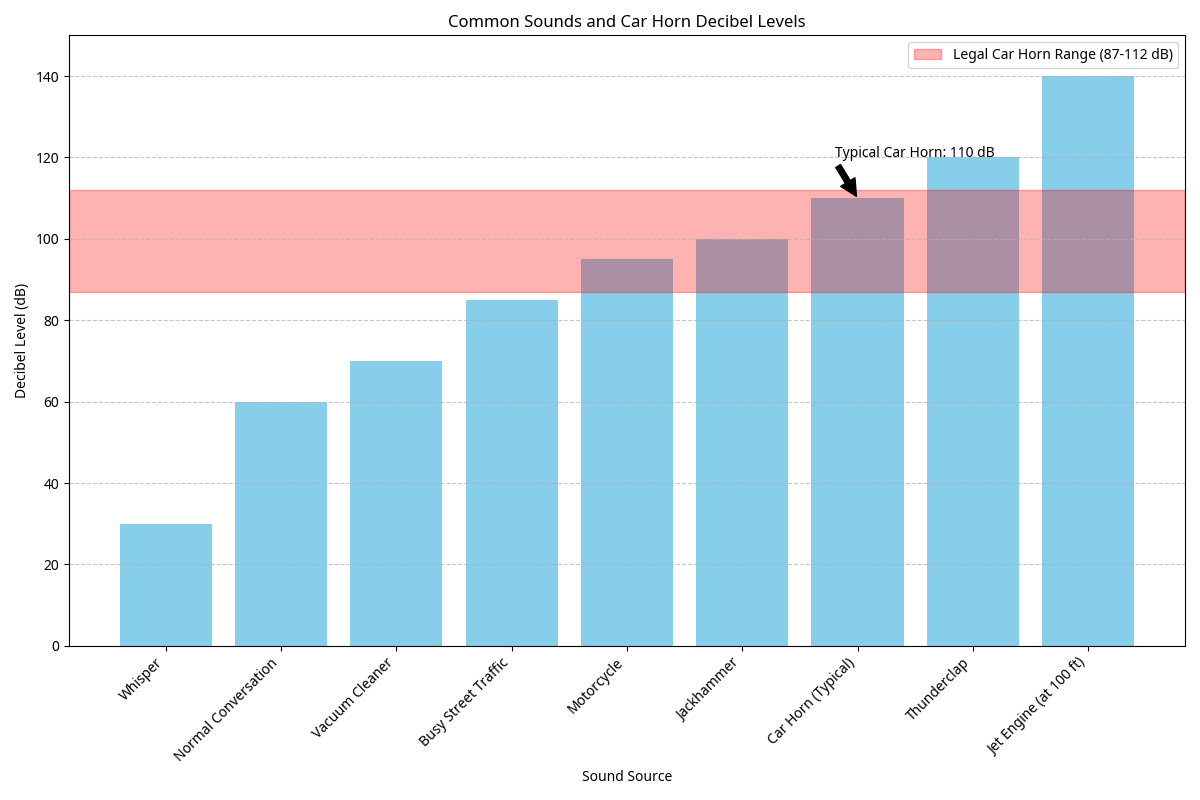
| Decibel Level (dB) | Example Sound | Potential Effect | FHL GBSY Compliance |
|---|---|---|---|
| 80 dB | City Traffic | Annoying, but generally safe | N/A |
| 100-110 dB | Car Horn (Legal Limit) | Effective for warning, potential for startling | Ensure our horns meet regional decibel level requirements |
| 120 dB | Jet Plane Takeoff (nearby) | Immediate pain, potential hearing damage | N/A |
For our distribution partners: When marketing car horns, emphasize the balance between loudness and legal compliance. Offer models that meet local regulations.
Does car horn work without a battery?
Is the car battery required to operate the horn? In short, yes, it is absolutely required.
No, a car horn cannot work without a battery. The horn is an electrical device that requires power from the car's battery to function. When the horn button is pressed, it completes a circuit, allowing the battery to send power to the horn's electromagnet, which then produces the sound.
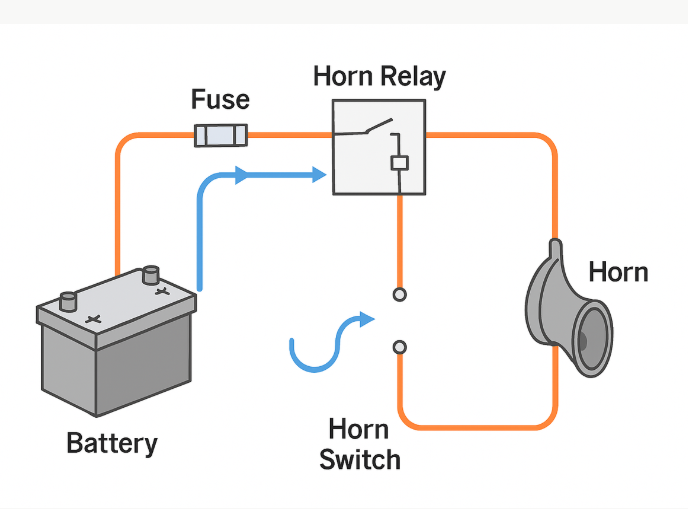
| Component | Function | FHL GBSY Quality |
|---|---|---|
| Battery | Provides the electrical power source | N/A |
| Wiring | Conducts electricity from the battery to the horn | Use high-quality wiring to minimize power loss and ensure reliable horn activation |
| Horn Switch | Completes the circuit when pressed | Durable switch designs for long-lasting performance |
| Horn | Converts electrical energy into sound | Efficient designs for maximum sound output with minimal power consumption |
For our B2B customers, stress the importance of a healthy car battery for reliable horn operation. A weak battery can result in a weak or non-functioning horn.
What is the sound made by a car horn?
What kind of sound does a car horn make? From beeps to honks, they all serve a purpose.
The sound made by a car horn is typically a loud, attention-grabbing "honk" or "beep." The specific tone and pitch can vary depending on the design of the horn, but the primary purpose is to alert other drivers and pedestrians to a potential hazard.
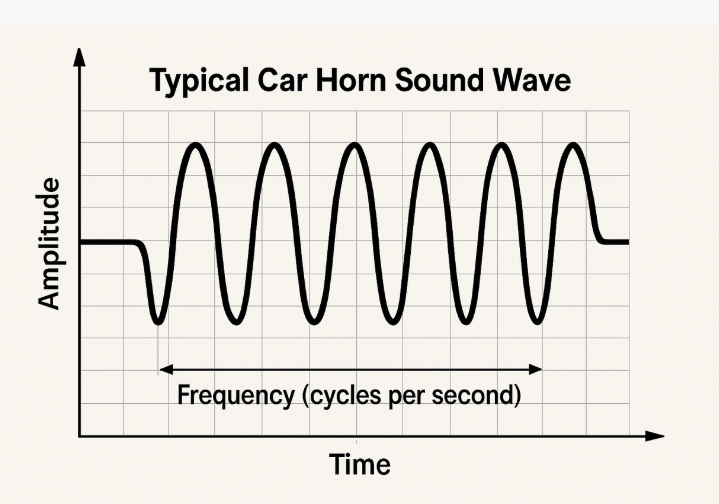
| Sound Characteristic | Function | FHL GBSY Design |
|---|---|---|
| Loudness | Attract attention in noisy environments | Optimize sound output for maximum audibility in various traffic conditions |
| Tone | Distinguishable from other sounds, avoiding confusion with sirens | Ensure distinct and non-emergency-like sound characteristics |
For wholesalers, highlight the sound quality of the horns you offer. A clear, attention-grabbing tone is crucial for effective warning.
How long can you honk a car horn?
Is there a limit to how long you can honk the horn? There are guidelines in place that you should know about.
The appropriate length of time to honk a car horn is typically very brief – just a short "beep" or "honk" to get someone's attention. Prolonged or excessive honking is generally discouraged (and may even be illegal) as it can be considered aggressive and disruptive.
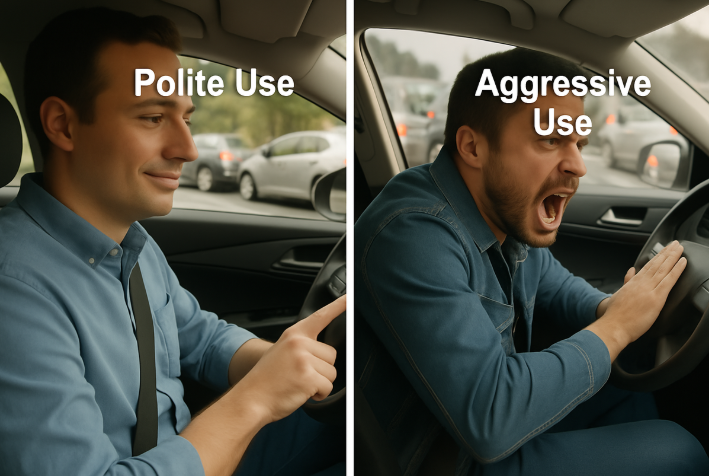
| Honking Duration | Situation | FHL GBSY Recommendation |
|---|---|---|
| Short "Beep" | Alerting another driver, warning pedestrians | Encourage responsible horn usage for safety purposes only |
| Prolonged Honking | Expressing anger, causing unnecessary noise pollution | Discourage aggressive horn usage and emphasize courtesy and respect on the road |
For our distribution network: Promote responsible horn usage and educate customers about local noise ordinances. Emphasize that the horn is a safety device, not a tool for expressing anger or frustration.
Understanding auto horn sounds, their limitations, and proper usage promotes safer and more courteous driving habits.
FHL GBSY horns are designed for both performance and driver courtesy.

